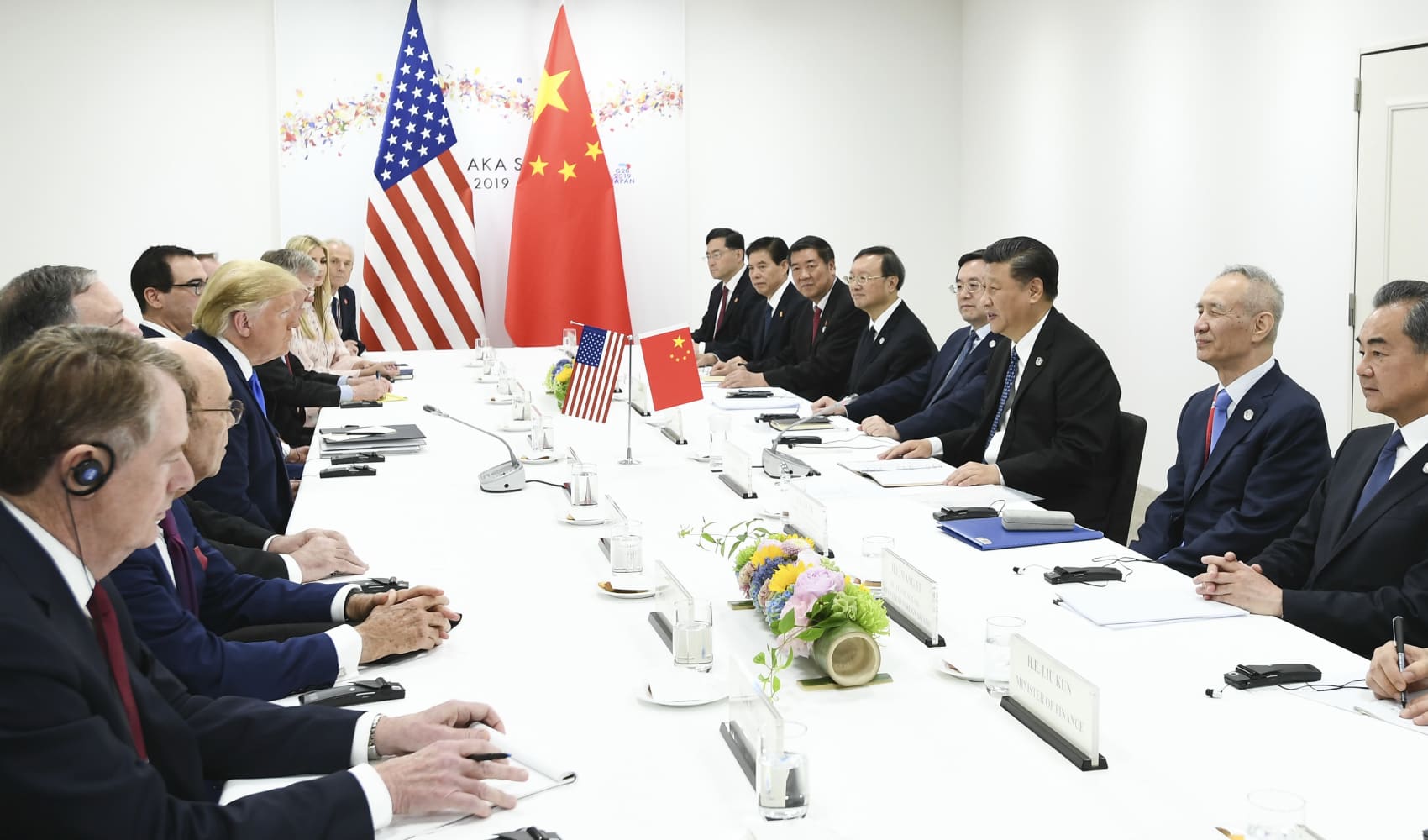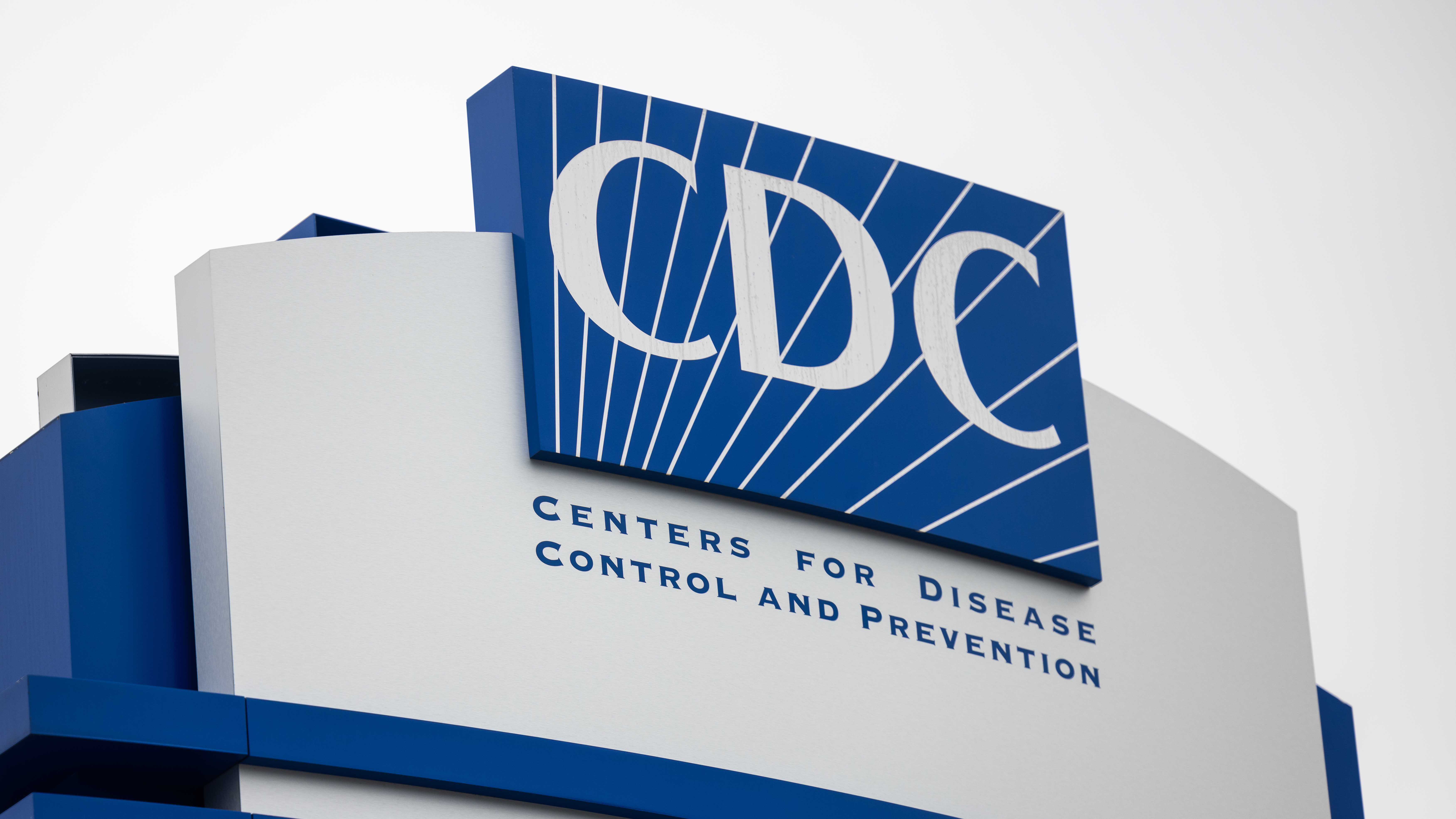U.S.-China Trade Talks: Why You Should Still Worry
U.S.-China Trade Talks: A Pause Before the Storm?
Introduction: A Sigh of Relief, or a False Dawn?
The recent U.S.-China trade truce, brokered in Geneva, brought a collective sigh of relief. We saw stock markets jump, and analysts hailed it as a significant "breakthrough." But before we break out the champagne, let's take a moment to consider what this really means. Is this the end of the trade war, or simply the eye of the hurricane? Personally, I'm leaning towards the latter. The underlying issues remain, and the potential for renewed conflict is very real.
The Fragile Foundation: A Damaged Relationship
As international policy and trade analyst Dewardric McNeal points out, the fundamental structure of the U.S.-China trade relationship is damaged, fragile, and precariously perched on the edge of re-escalation. This isn't just about tariffs; it's about deeply rooted disagreements on intellectual property, market access, and national security.
"Strategic Decoupling": A Risky Game for Tech Companies
Treasury Secretary Scott Bessent's emphasis on "strategic decoupling" might sound like a smart move, but it carries significant risks, especially for stock market leaders like technology companies. What does this mean for innovation? And who ultimately bears the cost?
Understanding Strategic Decoupling
Strategic decoupling suggests the U.S. and China are deliberately disentangling their economies in specific, strategic sectors. Think of it as building a wall around certain industries to protect them from perceived threats. But walls have a way of isolating both sides.
Risks to Technology
The tech sector, with its intricate global supply chains, is particularly vulnerable. A sudden decoupling could disrupt production, stifle innovation, and ultimately hurt consumers. We need to ask ourselves, is this the right approach?
Fentanyl and Trade: Performance Over Policy?
The history of combating fentanyl often feels like more "performance" than real policy. While any effort to curb the flow of this deadly drug is welcome, we must be wary of symbolic gestures that mask deeper problems.
Beyond the Headlines
We need concrete action, not just photo ops. Are we truly addressing the root causes of the fentanyl crisis, or simply trying to score political points? It's a question that deserves serious consideration.
China's Open Doors: No Longer the Prize It Once Was
The idea of China opening its borders to U.S. businesses used to be considered a golden ticket. But in today's landscape, with rising labor costs and increasing geopolitical tensions, it's no longer the great prize it once was. The allure has faded, hasn't it?
A Changing Landscape
China's economy is evolving, and the advantages it once offered are diminishing. U.S. companies need to carefully weigh the risks and rewards before jumping headfirst into the Chinese market.
Tariffs: The Elephant in the Room
Let's not forget the tariffs! They're still in place, looming like a dark cloud over the entire trade relationship. And as long as they remain, the threat of escalation will always be present.
Intellectual Property: The Core Grievance
At the heart of the trade dispute lies the issue of intellectual property. U.S. companies have long complained about the theft of their valuable technology and trade secrets. This is a fundamental issue that needs to be addressed, not just glossed over.
Market Access: A Level Playing Field?
U.S. businesses often face significant barriers to entry in the Chinese market. They want a level playing field, where they can compete fairly with their Chinese counterparts. Is that too much to ask?
National Security: A Growing Concern
National security concerns are increasingly intertwined with trade policy. The U.S. is wary of China's growing economic and military power, and it's taking steps to protect its own interests. This adds another layer of complexity to the trade relationship.
The Semiconductor Battle: A Tech Cold War?
The race for dominance in the semiconductor industry is heating up, with both the U.S. and China investing heavily in this crucial technology. Are we witnessing the beginning of a tech cold war? It certainly feels that way.
The South China Sea: A Source of Tension
China's assertiveness in the South China Sea is a major source of tension with the U.S. and its allies. This territorial dispute could easily spill over into the economic realm, further complicating the trade relationship.
The Future of Global Supply Chains: A Shift in Strategy
The trade war has forced many companies to rethink their global supply chains. Some are moving production out of China, while others are diversifying their sources. This could lead to a significant shift in the global economic landscape.
Reshoring and Nearshoring
We're seeing a growing trend of reshoring (bringing production back to the U.S.) and nearshoring (moving production to nearby countries). This is partly driven by concerns about supply chain security and geopolitical risks.
The Role of the WTO: A Crumbling Framework?
The World Trade Organization (WTO) is supposed to provide a framework for resolving trade disputes, but it has been largely ineffective in addressing the U.S.-China trade war. Is the WTO becoming obsolete?
Geopolitical Implications: A New World Order?
The U.S.-China trade war is not just about economics; it's about power and influence. It reflects a broader struggle for global leadership, and it could reshape the world order for decades to come. Are we ready for that?
The Impact on Consumers: Paying the Price
Ultimately, consumers bear the cost of the trade war. Tariffs raise prices, and supply chain disruptions lead to shortages. We need to ask ourselves, is this worth it?
Finding Common Ground: A Path Forward
Despite the challenges, there is still hope for finding common ground between the U.S. and China. Both countries have a strong interest in avoiding a full-blown trade war. But it will require compromise, communication, and a willingness to address the underlying issues.
Areas for Cooperation
Climate change, global health, and nuclear non-proliferation are just a few areas where the U.S. and China could cooperate. Working together on these issues could help to build trust and improve relations.
Conclusion: Proceed with Caution
The U.S.-China trade truce offers a moment of respite, but it's crucial to avoid complacency. The underlying structure of the trade relationship remains fragile, strategic decoupling poses risks, and the allure of the Chinese market is fading. As we navigate this complex landscape, a healthy dose of skepticism is warranted. Let's hope this pause is used wisely to address the fundamental issues and build a more stable and sustainable trade relationship.
Frequently Asked Questions (FAQs)
Q1: What is "strategic decoupling" and why is it important?
Strategic decoupling refers to the intentional separation of certain sectors of the U.S. and Chinese economies. It's important because it can impact global supply chains, technology development, and overall economic relations. It aims to reduce reliance on the other country but can create risks for both.
Q2: How do tariffs affect consumers?
Tariffs are taxes on imported goods. When tariffs are imposed, the cost of those goods increases, which is often passed on to consumers in the form of higher prices. This can reduce purchasing power and impact overall economic growth.
Q3: What are the main points of contention in U.S.-China trade talks?
The main points of contention include intellectual property theft, market access barriers for U.S. companies in China, trade imbalances, and national security concerns. These issues are deeply intertwined and require comprehensive solutions.
Q4: What is the role of the WTO in U.S.-China trade disputes?
The WTO is meant to provide a framework for resolving trade disputes between member countries. However, its effectiveness in addressing the U.S.-China trade war has been limited. The organization's rules and procedures have struggled to keep pace with the evolving global economy.
Q5: What are some potential areas of cooperation between the U.S. and China?
Despite their differences, the U.S. and China could cooperate on issues such as climate change, global health (including pandemic preparedness), and nuclear non-proliferation. Collaboration in these areas could help to build trust and foster a more stable relationship.

